Agronomic Insights
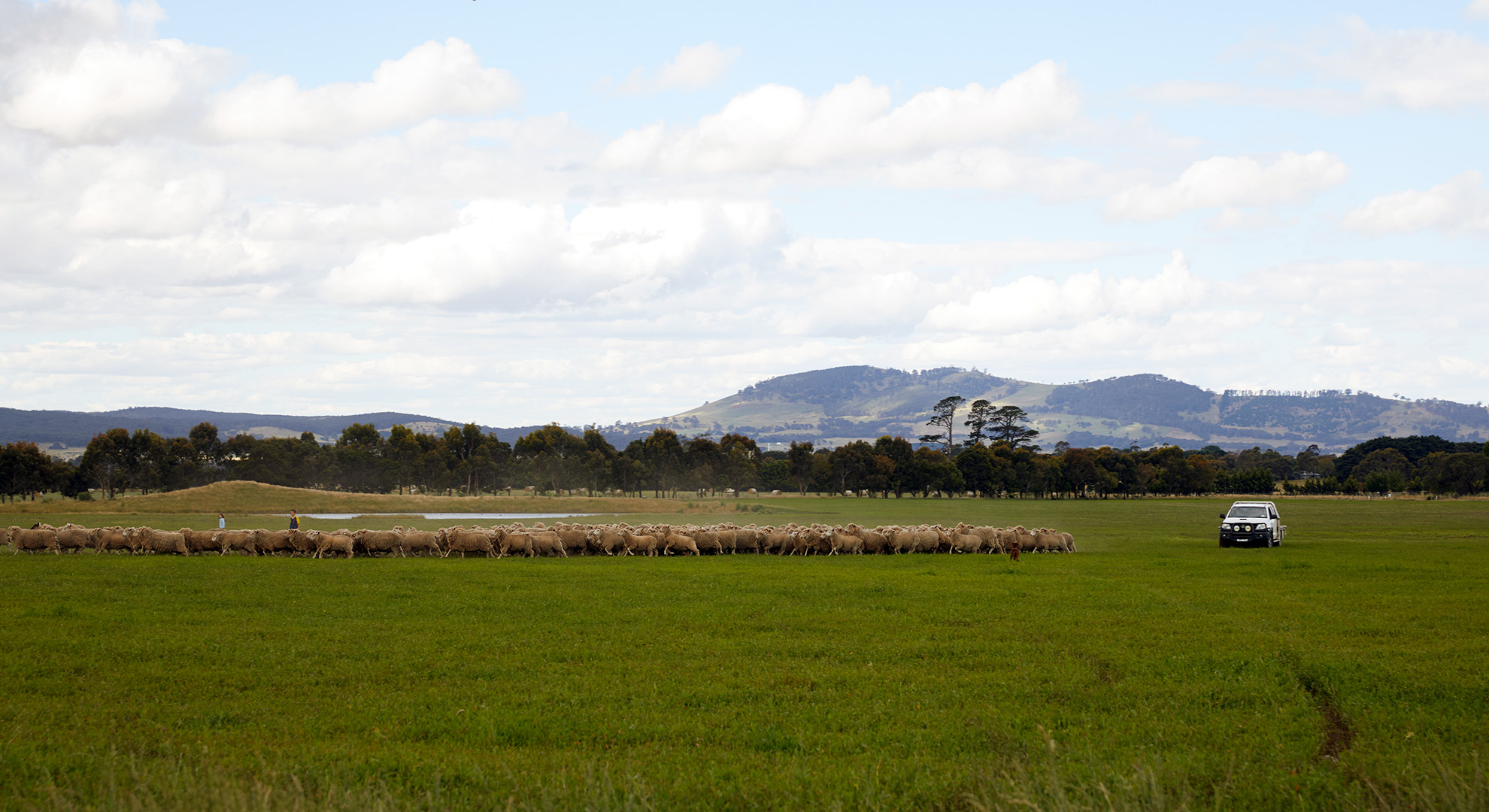
Copper (Cu) has several key functions in plants, and deficiencies (like any nutrient) will result in compromised plant growth and production. However, in grazing systems, it is the animal that often suffers due to Cu deficiencies.
Lee Menhenett – IPF Technical Agronomist
Cu deficiency symptoms in cattle include:
• Change of hair colour
• Diarrhea
• Weight Loss
• Falling disease – sudden heart failure
• Bone fracturing
Cu deficiency symptoms in sheep include:
• Loss of crimp, steely wool
• Sway back or enzootic ataxia of lambs. Newborn lambs may be unable to stand or still born. Lambs up to six months of age may develop uncoordinated gait.
• Conception rates
• Bone fracturing
These deficiencies have been reported by Meat & Livestock Australia to be costing the sheep industry more than $15 million a year1. Figure 1 shows the areas in Victoria where pasture and livestock deficiencies have been previously identified. Many of these areas have since been treated with copper fertilisers.
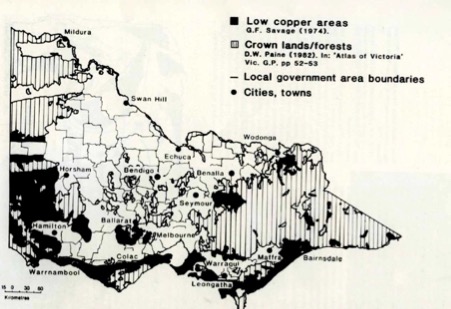
Fig 1. Areas where copper deficiency in pastures and livestock has been identified in Victoria, based on the data published by Savage (1974). Hosking et. al., 1986).
The general recommendation for copper fertiliser applications in Victoria is 2 kg/ha every 5-7 years, whereas Hannan et.al. (1982) reported applications of 2 kg/ha on sandy soils in southeast South Australia lasted for more than 20 years. Therefore, the dilemma is that looking at a map identifying areas of copper deficiencies is no longer completely reliable as most of these areas have had copper fertiliser applications. However, if a property is located in these low copper areas then a closer look at copper is definitely warranted.
The added complexity of copper deficiencies for the animal is the interaction with sound agronomy practices. While sound agronomy practices include the correction of acid soils with lime applications, or the addition of sulphur (S) and molybdenum (Mo) to gain more productive clover swards, these practices can also decrease the availability of copper from the soil or within the animal.
To successfully establish and maintain productive grass and legume species, and importantly have functioning rhizobia on legumes, soil pH (and Al) needs to be corrected and sulphur and molybdenum need to be adequately supplied. As lime raises the soil pH the availability of Mo increases, or if Mo and/or S are applied as fertilisers so as the animal’s intake of Mo and S are high, then Cu is bound in an insoluble complex in the blood rendering it unavailable for the animal and causing Cu deficiency.
Blood samples are not a reliable method for diagnosing Cu deficiencies in animals. Liver biopsies are effective in determining an animals Cu status, however there are obvious limitations to this approach.
Grasses generally have lower Cu concentrations than clovers and the Cu concentration in both declines during winter through to late spring. Animal pasture intake can be limited during winter and early spring (particularly clover) which can compound Cu deficiencies particularly in animals reproducing that have a higher Cu requirement.
Soil Cu levels are poorly correlated to plant Cu concentrations, however when soil Cu levels are as low as 0.1 mg/kg, it is reasonable to suspect Cu issues. Plant tissue analysis is the best method to assess pasture Cu status with >7 mg/kg required from whole tops of pasture on offer. These values are shown in Table 1. As the pasture Cu concentration decreases, or the Cu:Mo ratio decreases, Cu deficiency in livestock becomes more severe.
Table 1 – Watch points for pasture Cu concentrations and Cu:Mo ratios
| Deficiency State | Pasture Cu Concentration | Pasture Cu:Mo Ratio | Action Required |
|---|---|---|---|
| Adequate | >7 mg/kg | >5:1 | N/A |
| Marginal | 7 mg/kg | 5:1 | Continue monitoring pasture mineral concentration and observe for any levels of reduced productivity in the flock |
| Moderate | 5 mg/kg | 3:1 | Consider the supplementation to coincide with timing of deficiency |
| Severe | 3 mg/kg | 2:1 | Supplementation with copper is required to ensure adequate animal health and productivity |
The Nutrient Advantage® Laboratory offers a complete pasture tissue testing service for graziers and their advisers. Tissue testing can be conducted at any time, however, are usually conducted in winter or spring when pastures are actively growing and it’s easy to select a good representative sample. Individual plant species nutrient critical levels require sampling of a particular plant part at a particular growth stage – Plant Sampling Guide can be found on the Nutrient Advantage® website.
If Cu is required for plant response, or animal health purposes, it can be added to fertilisers either as a granular blend or a spray on coating, targeting an application rate up to 2 kgCu/ha.
Animal health experts may also suggest products such as copper lick blocks, water additions, feed additives, rumen boluses, drenches and injectables.
References
1Copper deficiency: a review of the economic cost and current constraints to effective management of copper deficiency in southern Australian sheep flocks, by Hamish Dickson, published by Meat and Livestock Australia Limited, 2016.
Hannan R.J., Judson G.J., Reuter D.J., McLaren L.D., and McFarlane J.D. 1982. Current requirements of copper for pasture and sheep production on sandy soils in the upper southeast of South Australia. Aust. Journal of Exp. Ag. And Animal Husbandry 22(117) 324-330.
Hosking, W.J., Caple, I.W., Haplin, C.G., Brown, A.J., Paynter, D.I., Conley, D.N., & North-Coombes, P.L. 1986. Trace Elements for Pastures and Animals in Victoria.
Further Information
If you have any queries or would like to discuss copper or other micronutrients in more detail, please contact me at lee.menhenett@incitecpivot.com.au or 0412 565 176.
DISCLAIMER Incitec Pivot Fertilisers manufactures and sources fertilisers from other suppliers. The fertiliser supply chain extends beyond the company’s direct control, both overseas and within Australia. Incitec Pivot Fertilisers hereby expressly disclaims liability to any person, property or thing in respect of any of the consequences of anything done or omitted to be done by any person in reliance, whether wholly or in part, upon the whole or any part of the contents of this article. This is a guide only, which we hope you find useful as a general tool. While Incitec Pivot Fertilisers has taken all reasonable care in the preparation of this guide, it should not be relied on as a substitute for tailored professional advice and Incitec Pivot Fertilisers accepts no liability in connection with this guide.
You might also be interested in these
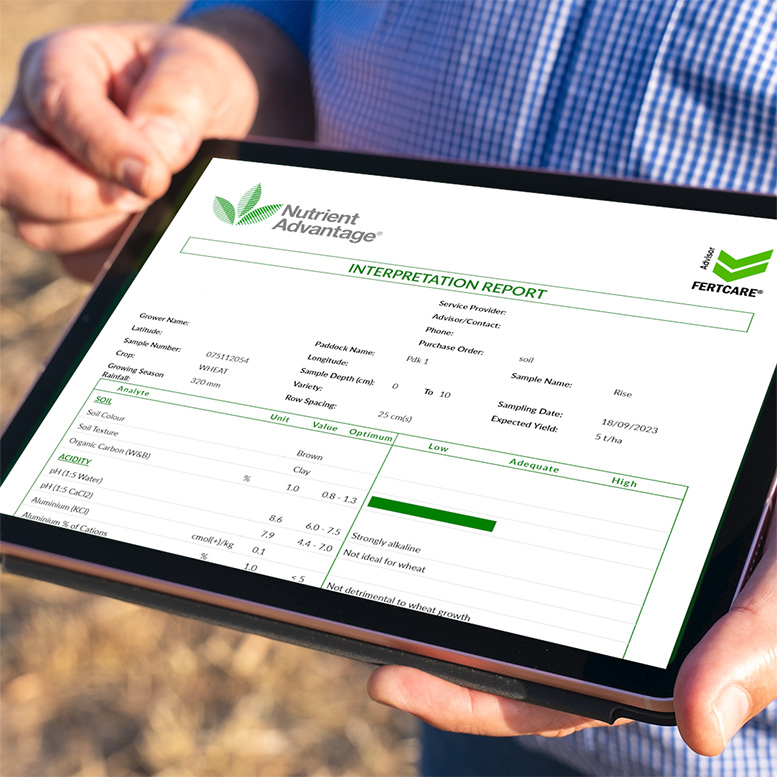
Horticulture, Pasture, Sugar, Summer Crop
Take the next step with leading Agronomy in Practice course
February / 2024
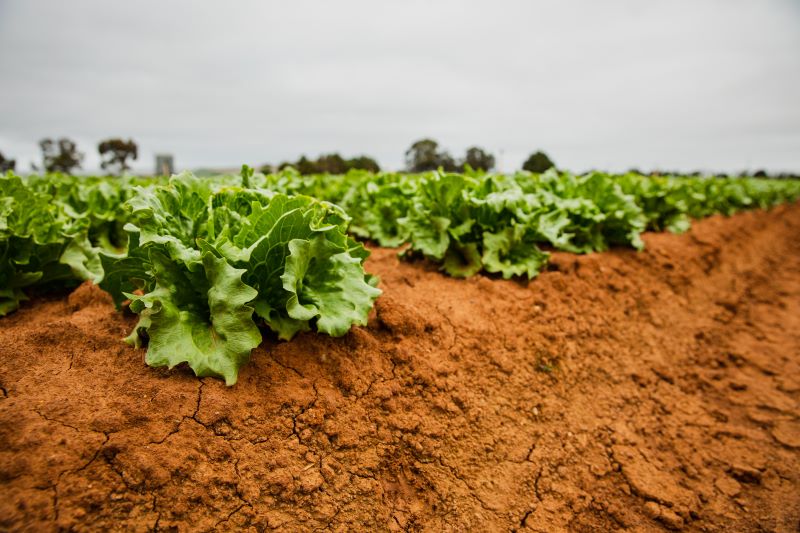
Horticulture, Pasture, Sugar
Squeezing the most from lime: Soil ‘buffer pH’ and correcting acid soils
December / 2023
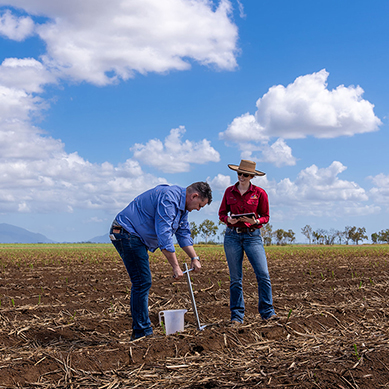
Horticulture, Pasture, Sugar, Summer Crop, Winter Crop
Spot on soil sampling
February / 2024
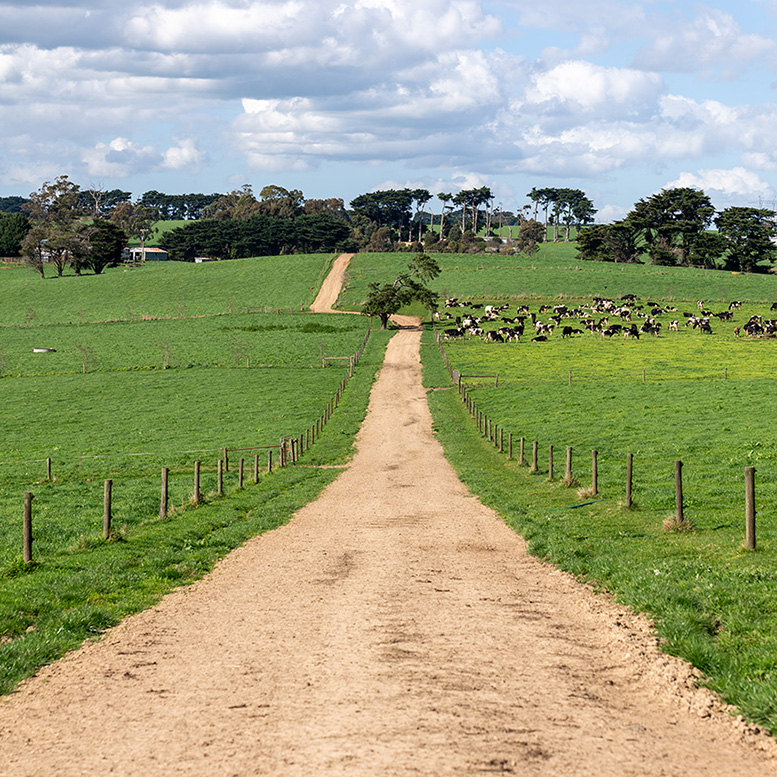
Pasture
Soil tests get K levels right
October / 2024

